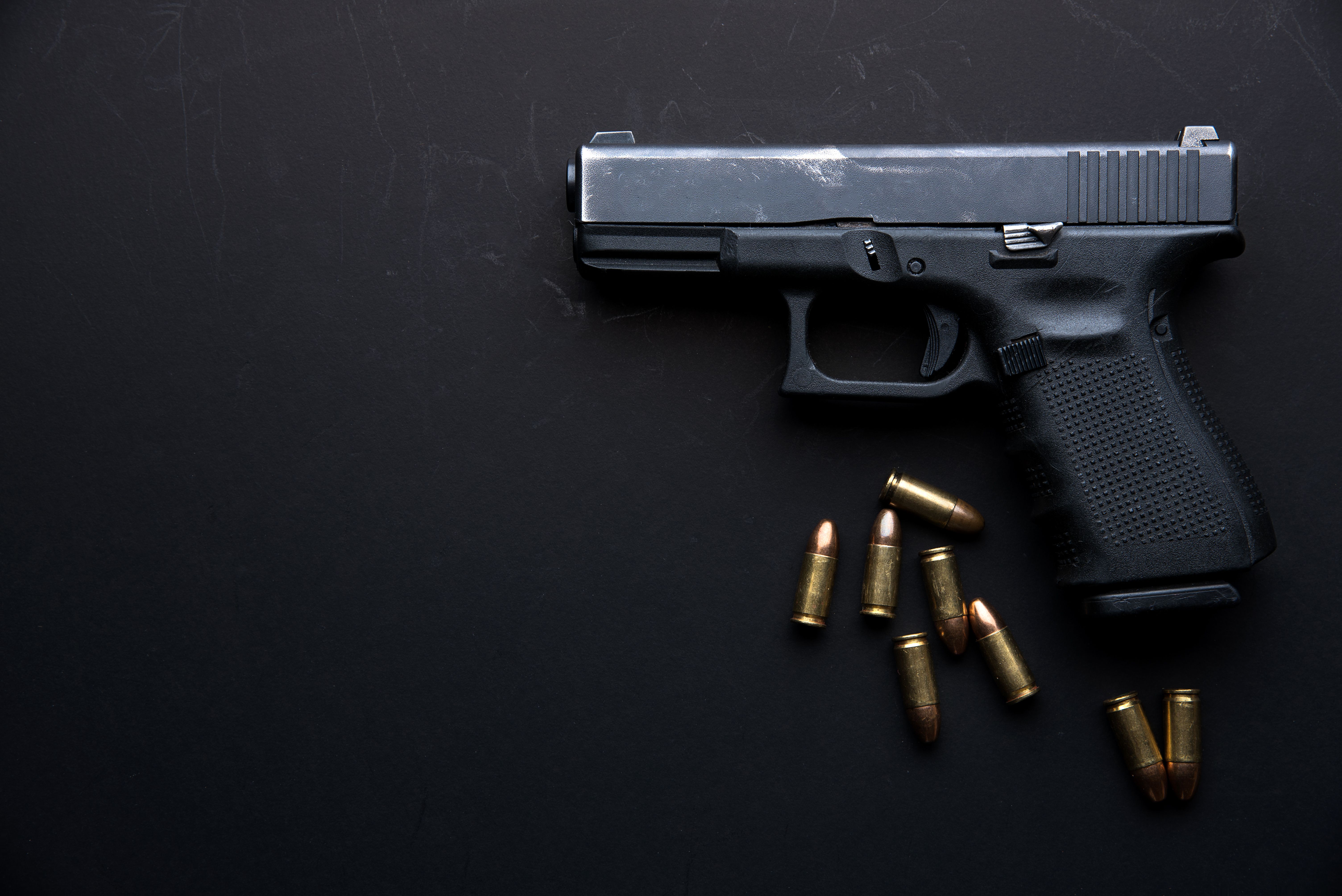Medicaid-enrolled children not receiving mental health services after firearm injuries
Investigators state public health strategies should prioritize early detection of mental health needs and equitable access to it, as some Medicaid-enrolled children are not receiving mental health services following a firearm injury.
Medicaid-enrolled children not receiving mental health services after firearm injuries | Image Credit: © Hyper Bee - © Hyper Bee - stock.adobe.com.

More than 3 out of 5 children enrolled in Medicaid do not receive any mental health (MH) services in the 6 months after a firearm injury, according to a recently published study in Pediatrics.
For children aged 10 to 17 years in the United States, firearm injuries are the leading cause of death. For every child that dies from a firearm injury, 4 children survive, resulting in 11,258 nonfatal injuries in 2020. During the firearm injury itself, 1 in 12 children receive a new MH diagnosis while 1-quarter receive a new MH diagnosis in the year postinjury. According to study authors, growing evidence suggests that early identification and timely connection to MH services after an injury can improve MH outcomes. Access to MH services after a firearm injury is “often inequitable” according to the study authors.
Study objectives were to examine sociodemographic and clinical characteristics associated with MH service after a nonfatal firearm injury and to determine how timing of the first outpatient MH visit postinjury varies by sociodemographic and clinical characteristics, using a large sample of Medicaid-enrolled children. Investigators used the IBM Watson Marketscan Medicaid claims database, containing deidentified patient-level demographic, enrollment, and health care claims for enrollees in 11 geographically dispersed and deidentified states. To be eligible for the study, children had to be aged 5 to 17 years with a firearm injury encounter between 2010 and 2018 and that were enrolled in Medicaid for at least 5 of 6 months after injury, which was defined as emergency department (ED) or inpatient encounters with a firearm injury diagnosis code. MH service use was defined as any outpatient, ED, or inpatient encounter with a primary diagnosis code in the Child and Adolescent MH Disorders Classification System by any provider type (including primary care physicians).
Age group (5-9 years, 10-14 years, and 15-17 years), sex, race and ethnicity (Hispanic, non-Hispanic Black, non-Hispanic White, and other), and insurance type (fee-for-service or managed care Medicaid) were sociodemographic characteristics. Clinical characteristics included location of bodily injury, injury severity score, firearm injury encounter level of care (ED, observation or nonintensive inpatient care, or intensive care), having a MH diagnosis during the firearm injury encounter, and new complex chronic condition within the 6 months after injury. Complex chronic conditions are expected to last at least 12 months, involve several different organ systems, and require ongoing specialty pediatric care, the authors stated. Injury date was used as an anchor point to identify MH service use 6 months before and after injury.
The study included 2613 children with firearm injuries and 64.5% were aged 15 to 17 years and 68.7% were non-Hispanic Black. Most children (73.1%) were discharged from the ED compared to the 5.5% of children that required intensive care. In the 6 months postinjury, 6.8% of children had a new complex chronic condition. Overall, the most common injury location was the extremities (52.6%).
In the 6-month period before firearm injury, 29.9% (n = 781) of children accessed MH services, 28.6% received previous outpatient MH services, 3.5% had previous MH ED visits, and 1.7% had previous MH hospitalizations. For 15.9% (n = 416) of children, an MH diagnosis was documented during the injury encounter. Of those, 44% (n =183) had no previous MH service use. In the 6-month period after injury, 36.7% (n = 958) of children received any MH service use. Of those, 39.5% (n = 378) had no previous MH service use.
Out of the 416 children with a MH diagnosis during injury encounter, 63.7% (n = 265) received outpatient MH services, 10.8% (n = 45) had ED visits, and 7.2% (n = 30) had MH hospitalizations after the injury. According to the authors, 1832 children had no previous MH service use. Of those, 17.6% (n = 323) received outpatient MH services, 3.0% (n = 55) had MH ED visits, and 3.0% (n = 54) had MH hospitalizations after injury.
Non-Hispanic White children had higher adjusted odds of MH service use (adjusted odds ratio [aOR] 1.29; 95% CI 1.02-1.63) compared to non-Hispanic Black children. Adjusted odds for MH service use after injury were higher among children with previous MH service use (aOR 10.41; 95% CI 8.45-12.82), among children with a MH diagnosis during the firearm injury encounter (aOR3.07; 95% CI, 2.34–4.02), and among children with a new complex chronic condition after injury (aOR1.99; 95% CI, 1.36–2.92). For children without previous MH service use, odds of MH service use after injury did not differ by race and ethnicity. For timing of first MH outpatient visit after an injury, the strongest predictor was previous MH services use. Those with previous MH service use had a shorter time to first MH outpatient visit after injury (adjusted hazard ratio [aHR] 6.32; 95% CI, 5.45–7.32) compared with children without previous MH service use.
For Medicaid-enrolled children with nonfatal firearm injuries, “more than 3 out of 5 did not receive any MH services in the 6 months after injury,” wrote the study authors. They noted that children with MH diagnoses detected before or during the firearm injury encounter were more likely to access MH services andreceive more timely MH care. The authors concluded, “To mitigate the adverse effects of firearm injuries on child health outcomes, public health strategies should prioritize early detection of MH needs, equitable access to MH care, and timeliness of care.”
Reference:
Hoffmann JA, Pulcini CD, Hall M, et al. Timing of mental health service use after a pediatric firearm injury. Pediatrics 2023; e2023061241. 10.1542/peds.2023-061241